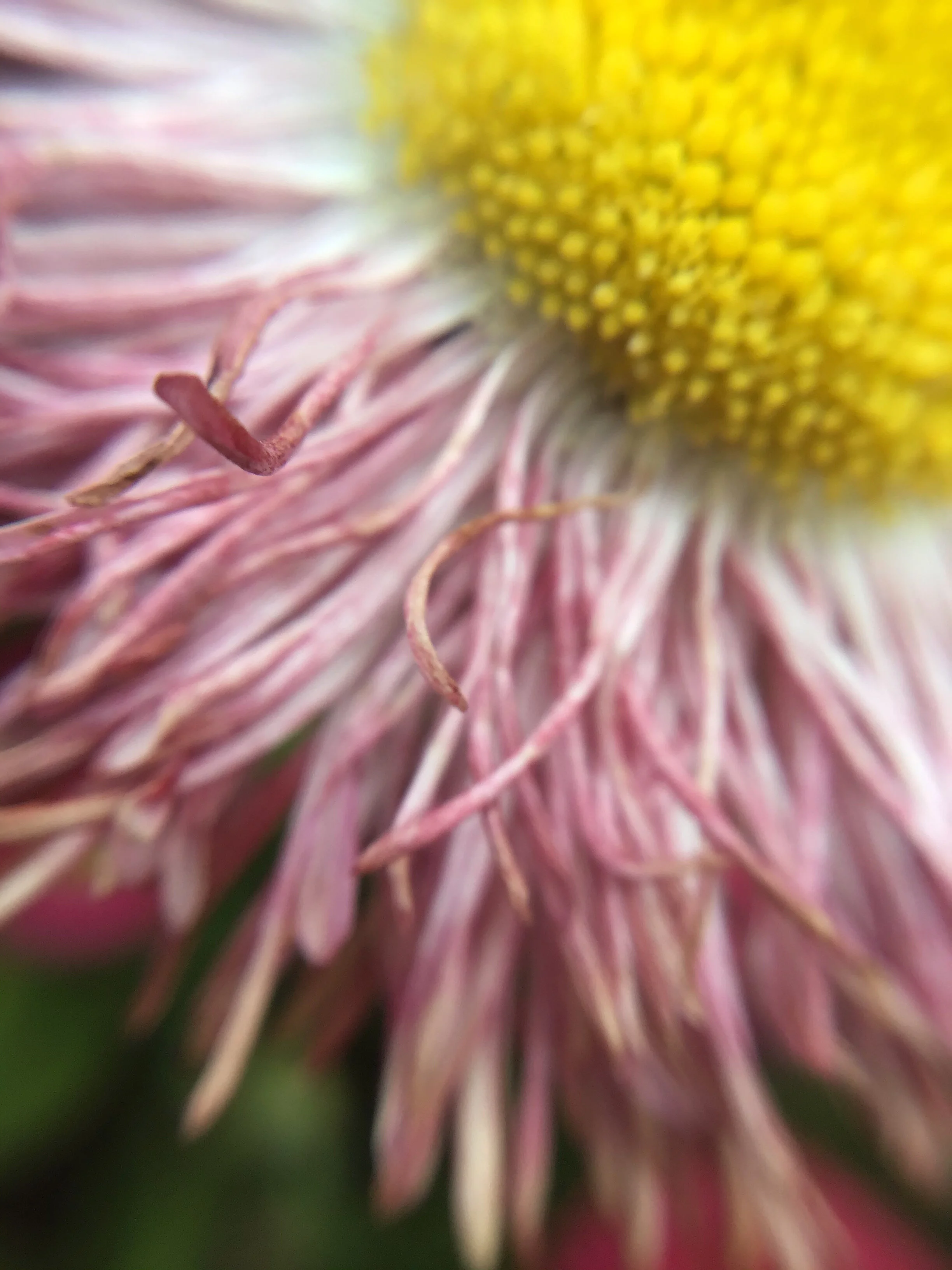making of us UPDATE reflections on learning #3
This is my third blog in this series reflecting on my professional development journey with the Making of Us programme.
Image by Sian, True Colours created in week 2
An update on delivery
We’re now into the ‘live’ phase of delivery with Making of Us. We’ve still got CPD sessions running alongside our workshops, including mentoring from a socially engaged expert (mine being Stephen King).
After a ‘getting to know you’ session (which Sarah my co-artist delivered on-site at True Colours and I participated via Zoom) we continued to explore the overarching theme of ‘connections’. This theme emerged after initial discussions with the partner when thinking about the interests of participants, their attendance at True Colours, and the impact of Covid.
With limited time, five learners, and two artist artforms to negotiate we decided to plan four initial ‘taster’ workshops. The aim was to get the learners comfortable with us and more confident in the artforms of music and photography. We planned the workshops around four sub-themes related to connections: family and friendship, hands, travel and transport, and maps.
We start with ten minutes of icebreaker warm up games, and then spend 35 minutes with half the group each, before taking a break and then swapping over. We finish with a reflection and feedback session.
In week one I focused on ‘ways of seeing’, to encourage the learners to forget about their kit and start training their eye. Learners chose from a selection of images related to friends and family and then connected the images with different words. We talked about the contents of the photographs and the stories they might tell. I modelled how to use disposable cameras which they then tried in an activity finding letters in shapes within the building.
In week two I modelled framing techniques using finger frames, cardboard frames and mirrors; and we looked at macro photography. We then tried these skills out with iPads outside the Turnpike and in the church yard.
Each week the learners get a weekly photography challenge to try out with their disposable cameras at home, and we’ll review their work in week 4. That’s the point where we’ll also collaboratively map out what the activity will look like for weeks 5 - 8.
Our intended outcomes for the sessions are simple success measures – i.e. enjoyment, new skills, learner empowerment.
What I’ve learned so far
Macro activity in week 2
I’m starting to see how process is more important than the final product in this kind of work
It’s difficult to support more than one learner at once when they’re taking photos especially when the learners in the group have different abilities and in the limited time available
I’m more confident facilitating groups and can adapt easier than I thought I was
Simple icebreaker warm ups can help relax and engage participants (thanks to my fellow artist Sarah for leading on these; I’ve learned a lot already)
iPads are great as the learners can all be on an equal level in terms of kit, but they are very tricky to use outside in bright sunlight!
It’s important to give the learners a hook when modelling activity (e.g. I brought in a spiderman car and a bottle of nail varnish to demonstrate framing as these matched learner interests)
The learners can’t think in a projected or abstract way e.g. they can describe what they can see in a photograph, but they can’t describe what they think the photographer might be trying to get across or the story it tells very well
Small wins are big successes – one of the learners described how proud they were of their work in week 2 and how they didn’t think they’d ever be able to do photography. A big smile says it all
Keep on planning for the worst case scenario e.g. indoor photo options when it’s raining
It’s worth putting the time into getting to know the participants as they are starting to relax with us (hopefully enough to start being more vocal about what they’d like to focus on next).
What I’m still thinking about
Image by Jamie, True Colours created in week 2.
What does socially engaged practice ‘looks like’ for short 8 week projects like this? Are we really delivering socially engaged practice? Or is it something else? What is our definition of socially engaged practice on this programme? Does it (language and definition) matter? Is this work with these particular learners more about the social interaction than the art (as referenced in Tate’s definition of socially engaged practice)? And as artists is that actually the direction we want our work to take or is it something else?
How to avoid simply ‘being a resource’ as an artist (a key point from my mentor) i.e. how to move from teacher to collaborator
How can I bring my ethnographic process (a key part of my artistic practice) into these short sessions to enable more of the voices of participants to come out (and empower them to tell their story)?
How to ‘find the space for everyone’ (another key point from my mentor) i.e. how is everyone involved/has a role so that it’s truly socially engaged and collaborative with the artist as equal
Which are the best ways to give autistic learners agency when they are used to being supported?
How we can encourage True Colours staff to help us empower learners so they do more themselves without support? To what extent do they need that support in our types of activities?
How can we support True Colours with their own CPD in socially engaged practice on such a short project – what is the legacy going to be for them?
What is the best way to collaboratively map weeks 5 – 8?
Next week we’ll be doing light painting linked to travel and transport. I’m going to try and bring ‘more of me’ into the session so that the work is produced collaboratively (for example with me involved in the light painting set up, perhaps even doing some short sound clips of the participants talking about their favourite trip or journey).
You can find out more about the Making of Us programme on the project website or follow #MakingofUs on socials.



